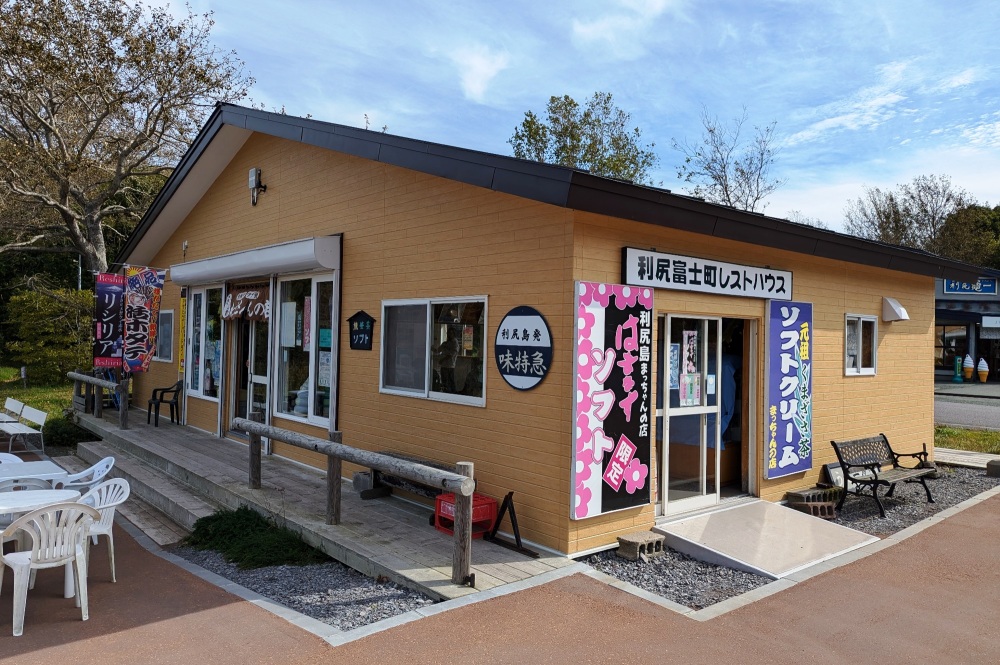A Guide to Satisfying Your Appetite with Local Delicacies from Northern Hokkaido

No matter where you go or what you eat, Hokkaido is delicious. Among them, the northern Hokkaido area centering on Wakkanai is rich in seafood, facing both the Sea of Japan and the Sea of Okhotsk. Herring and hairy crabs in the spring, sea urchins in the summer, salmon and snow crabs in the fall, and snow crabs in the winter. Tako-shabu (octopus shabu-shabu) is another Wakkanai specialty. In this issue, we will introduce restaurants where you can enjoy freshly caught quality seafood at reasonable prices, as well as izakaya (Japanese-style pubs) where locals gather. Dairy farming is also popular in the northern Hokkaido area, with the number of farms increasing as you go inland from the coast, and in some towns the number of cows exceeds the number of people. Be sure to try the jingisukan and gelato made with ingredients from the northern Hokkaido region.
- * Please note that the text shown on this page includes machine translations.
Kaisen Robata Uroco Tei
Urokotei, a 15-minute walk from Wakkanai Station, is a fishmonger-owned restaurant where you can enjoy fresh seafood at reasonable prices. The most popular “Urokoichi-don” is a gorgeous seafood bowl containing eight kinds of seafood (contents vary depending on the season and fishing conditions), including crab, shrimp, and salmon roe. Don't miss the “Robata Yaki Crab” grilled over an open hearth and the “Sea Urchin Donburi” available only from April to September. Visitors can also take a free tour of the processing plant attached to the restaurant, where fish fillets and dried fish are processed.
Kurumaya Genji
Wakkanai City, which boasts the largest catch of octopus in Japan, lands approximately 2,000 tons of them annually, with some of the largest ones weighing more than 40 kilograms. Wakkanai's specialty using this type of octopus is “Tako-shabu” (octopus shabu). Thinly sliced octopus is added to a pot of kombu broth in which vegetables are simmered for a short while. When the octopus becomes firm, it is dipped in the sauce along with the vegetables. At Kurumaya Genji, a famous octopus shabu restaurant, the special sauce made with sesame seeds is especially popular. Don't forget to finish off your meal with ramen noodles in octopus broth!
Ezo Banya
A short walk from Minami Wakkanai Station, Ezobanya is a tavern-style restaurant frequented by locals. Under the motto, “The further north you go, the better the seafood tastes,” the restaurant mainly serves fresh sashimi, grilled fish, and other seafood dishes. Local delicacies such as octopus zangi (Hokkaido-style fried octopus), pickled leek in soy sauce, and steamed potatoes with butter are also reasonably priced. Crabs are always available in the restaurant's fish tank, so you can enjoy fresh crabs anytime.
Koubou Letrier
About 30 minutes by car from Wakkanai City, Toyotomi Town is a dairy farming town with more cows than people. Kobo Lettier sells additive-free gelato and cheese made from raw milk from its own dairy farm. The gelato is proudly made with only four ingredients: raw milk, homemade cream, egg yolks from finely-fed heirloom eggs, and Hokkaido sugarcane. Be sure to try the Haskap, a Hokkaido specialty, as well as locally produced raspberry and pumpkin flavors!
Toyotomi-cho Fureai Center Ajisai
Abundance Hot Spring, the northernmost hot spring resort in Japan, is the only spring in Japan that contains a trace amount of oil, which is believed to be effective for skin diseases. The “Toyotomi Town Fureai Center,” a bathing facility that attracts many visitors from all over Japan, has a restaurant where you can enjoy Jingisukan (Japanese mutton barbecue). Be sure to try the lamb from the nearby Sarobetsu Farm and the venison shipped from the meat processing plant “Sarobetsu Benison!
Seafood Restaurant Nitomonogatari
Haboro Town, a two-hour drive from Wakkanai City, faces the Sea of Japan and has the largest catch of sweet shrimp in Japan. Try the “Haboro Shrimp Salt Ramen” at the seafood restaurant “Nijima Monogatari” in the “Haboro Onsen Sunset Plaza. It is an exquisite dish of lightly salted soup topped with fried sweet shrimp and shrimp and octopus dumplings. If your timing is right, we also recommend watching the beautiful sunset at Haboro Sunset Beach, a 15-minute walk from the hotel.
Matchan No Mise
Otatomari Swamp on Rishiri Island, a short ferry ride from Wakkanai, is one of the island's most popular tourist spots. At “Machan's Store” located at the entrance to the swamp, you can purchase fresh Rishiri scallops sauteed in butter and other snacks, as well as souvenirs such as kelp. Particularly recommended are the hamanasu and kumazasa tea-flavored soft-serve ice cream. Hamanasu is a refreshing flavor with a moderate sweetness made from the extract of Hamanasu flowers that bloom in Rishiri. Kumazasa tea is a refreshing flavor with the mouthwatering aroma of kumazasa bamboo that grows around the swamp. We recommend mixing the flavors and tasting both at once.
- Wakkanai Airport
- Kaisen Robata Uroco Tei
- Kurumaya Genji
- Ezo Banya
- Koubou Letrier
- Toyotomi-cho Fureai Center Ajisai
- Seafood Restaurant Nitomonogatari
- Matchan No Mise
*Google Maps is published here using a free quota with limited display counts. Please note that there may be periods when it cannot be viewed due to the circumstances. Your kind understanding is appreciated.
Ranking of popular articles
- Hokkaido Summer Travel Guide
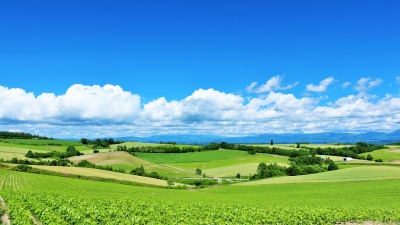
- https://www.visit-hokkaido.jp/en/feature/travelguide_summer
- Hokkaido Spring Travel Guide
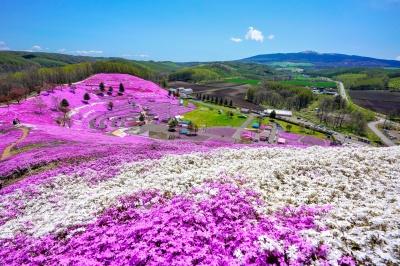
- https://www.visit-hokkaido.jp/en/feature/travelguide_spring
- Here are the recommended cherry blossom viewing spots!
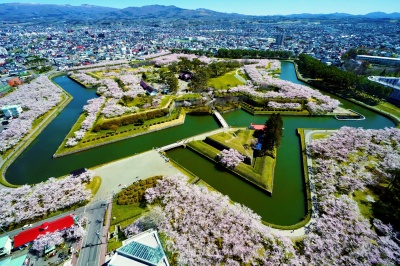
- https://www.visit-hokkaido.jp/en/feature/sakura
- Best Places to View Flowers in Hokkaido vol. 1

- https://www.visit-hokkaido.jp/en/feature/best-places-to-view-flowers-in-hokkaido-vol-1
- When is the best time to see lavender? Recommended Lavender Spots in Hokkaido
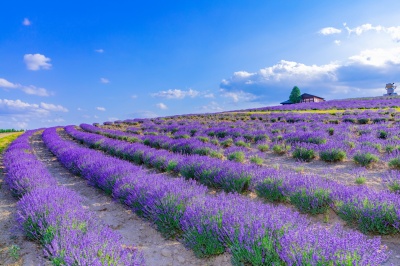
- https://www.visit-hokkaido.jp/en/feature/lavender







